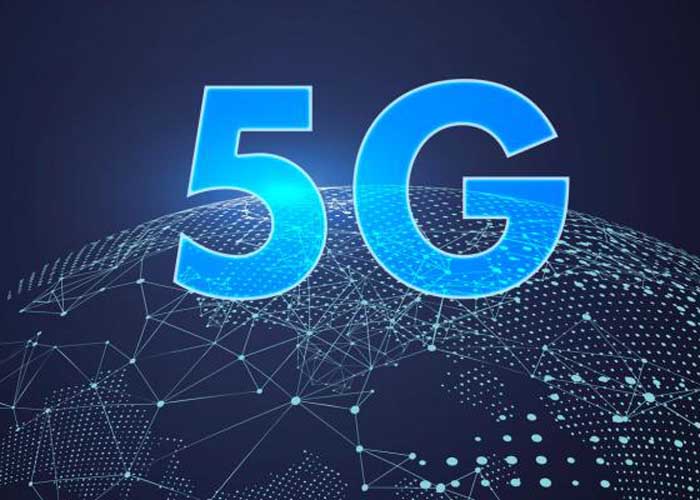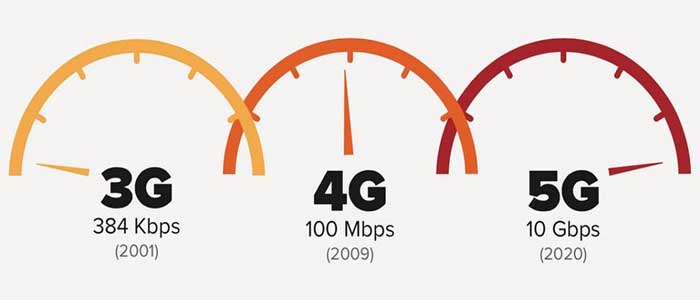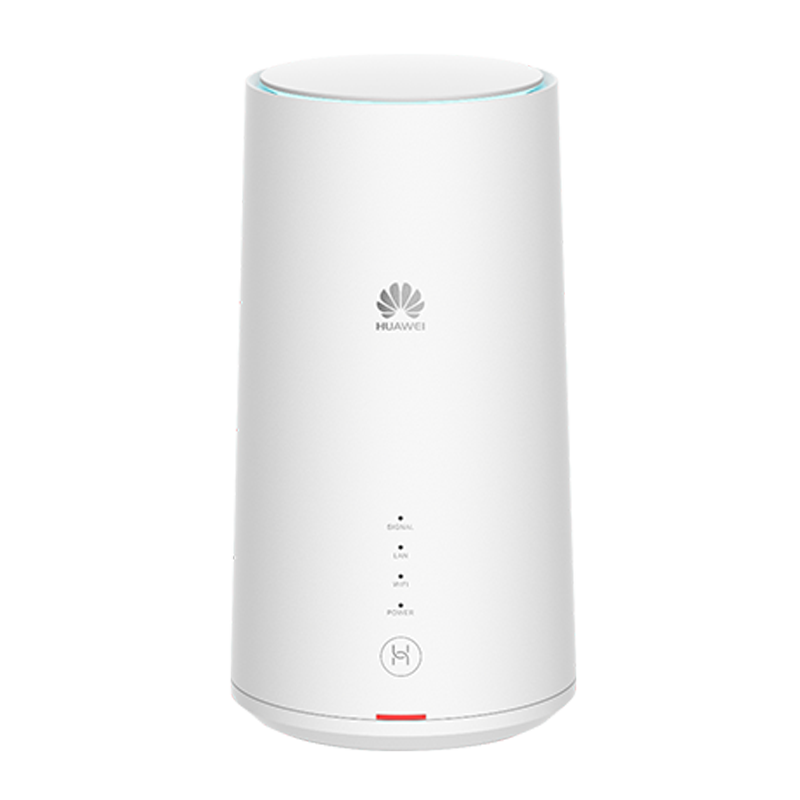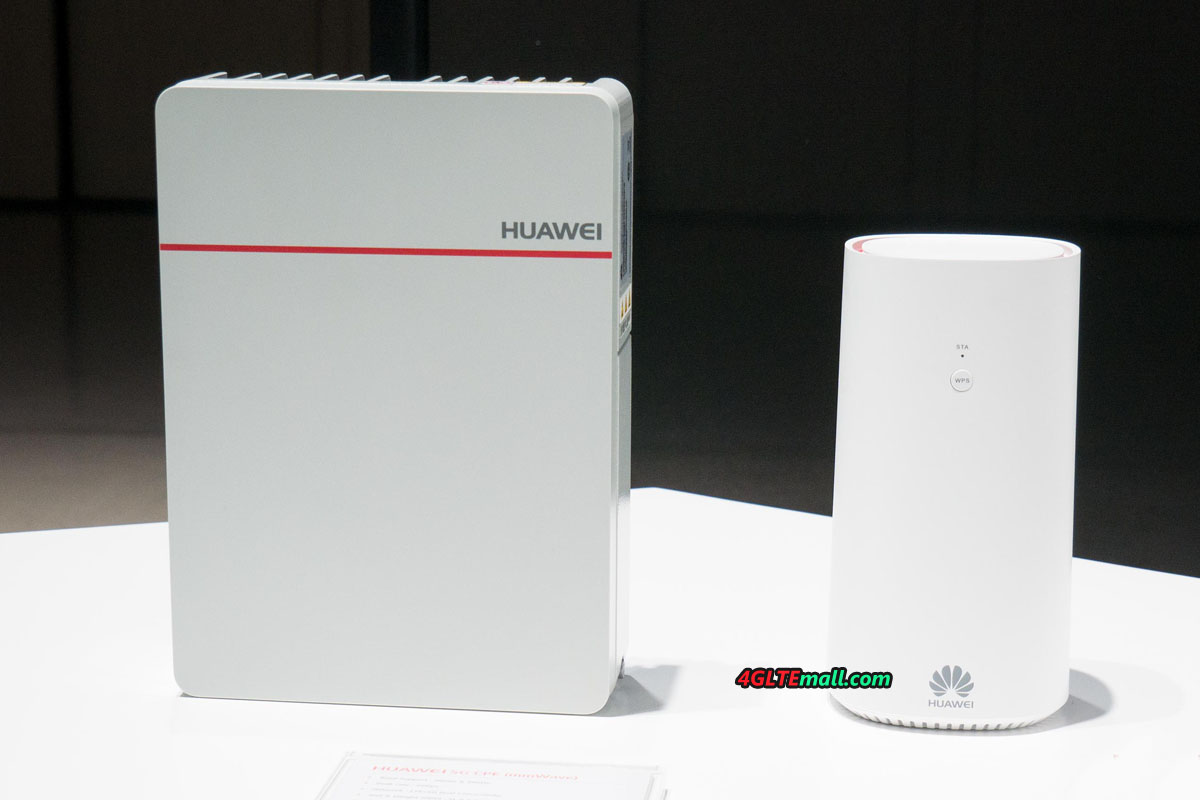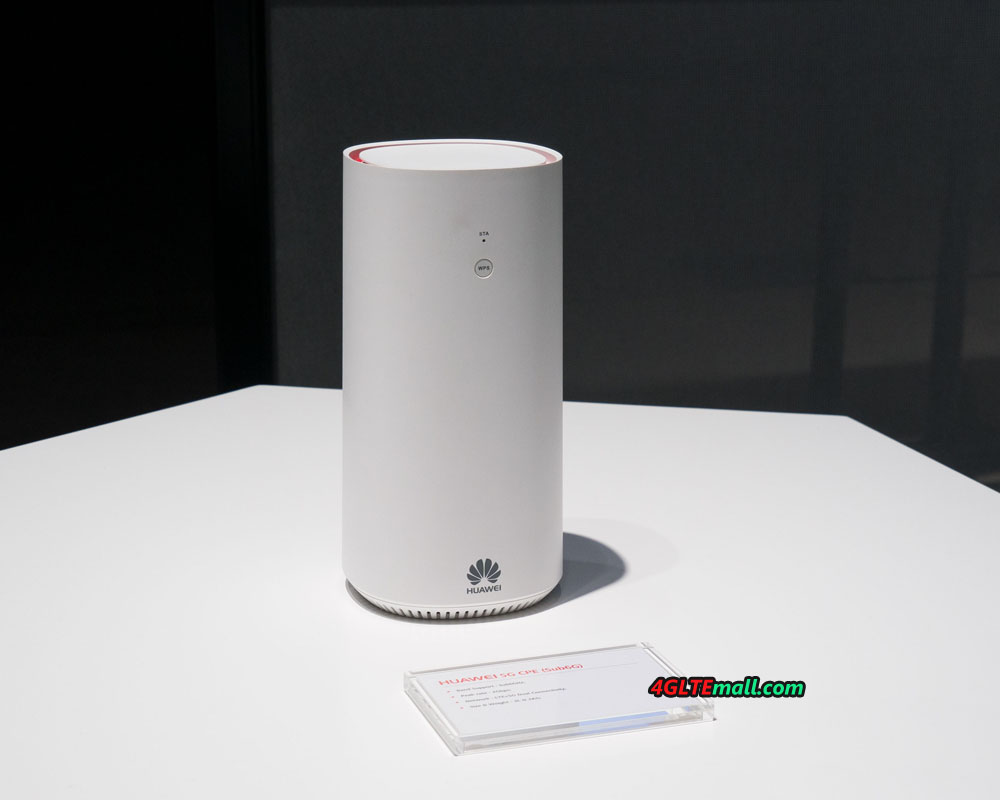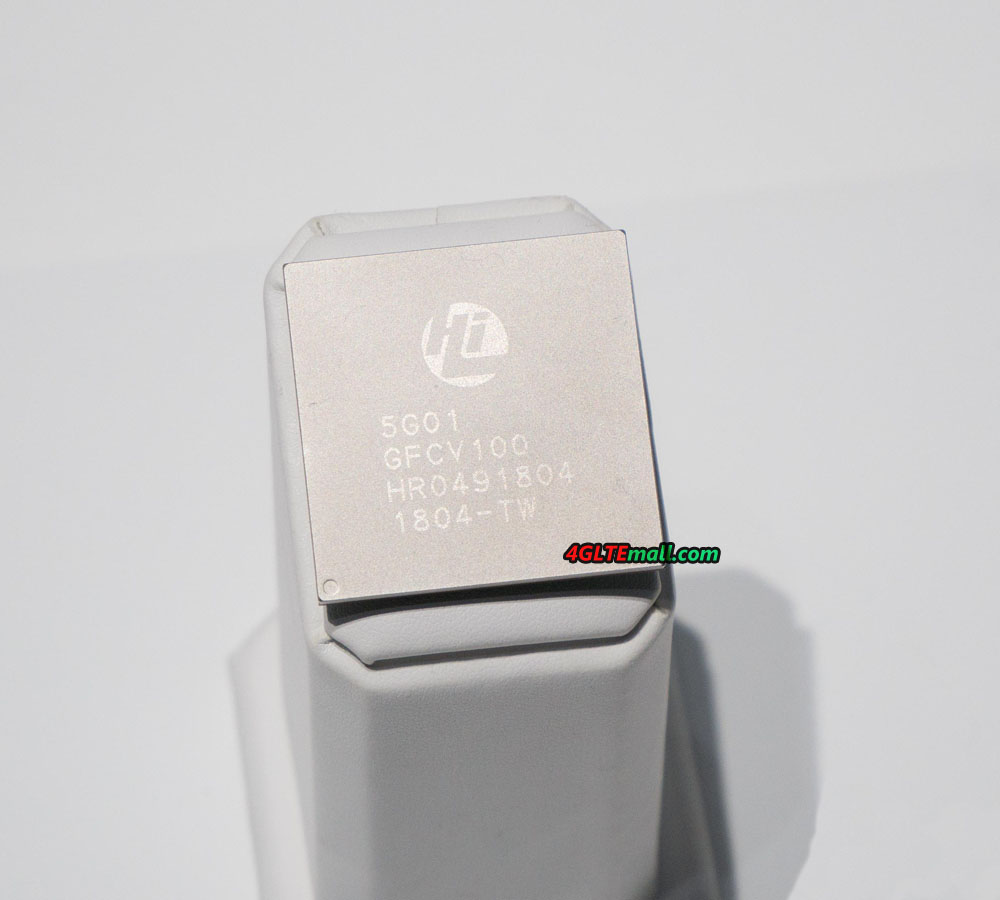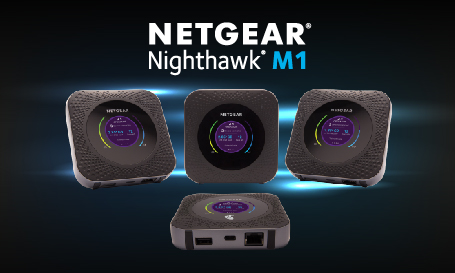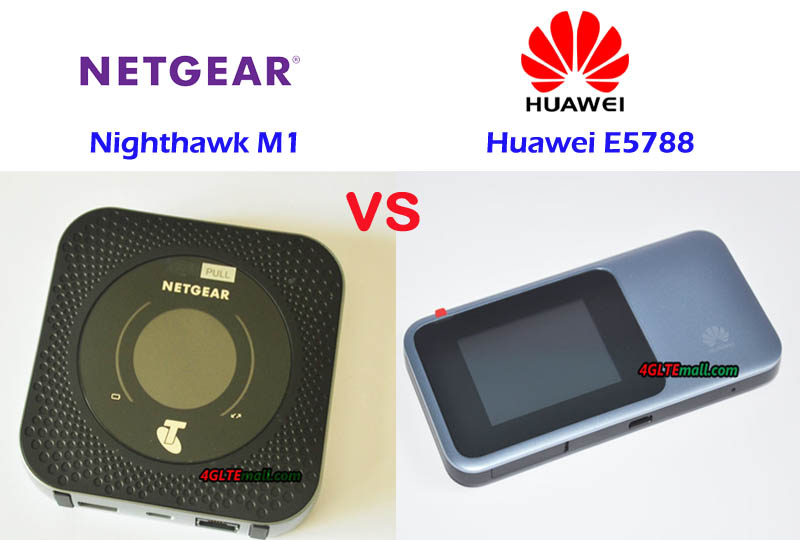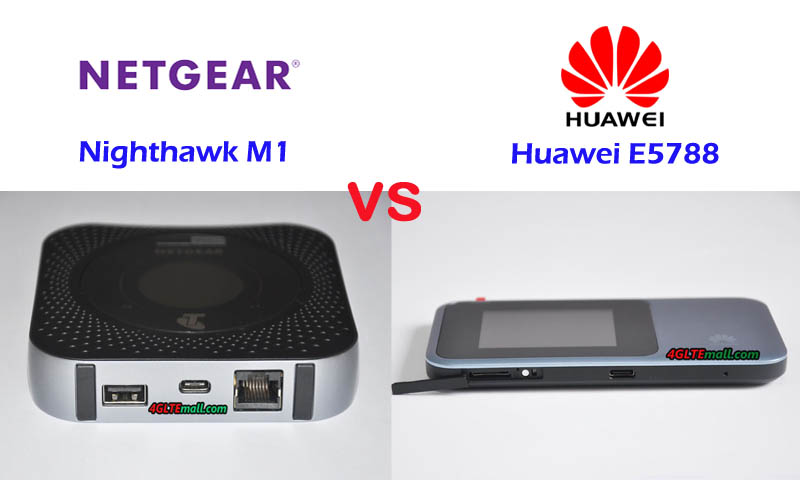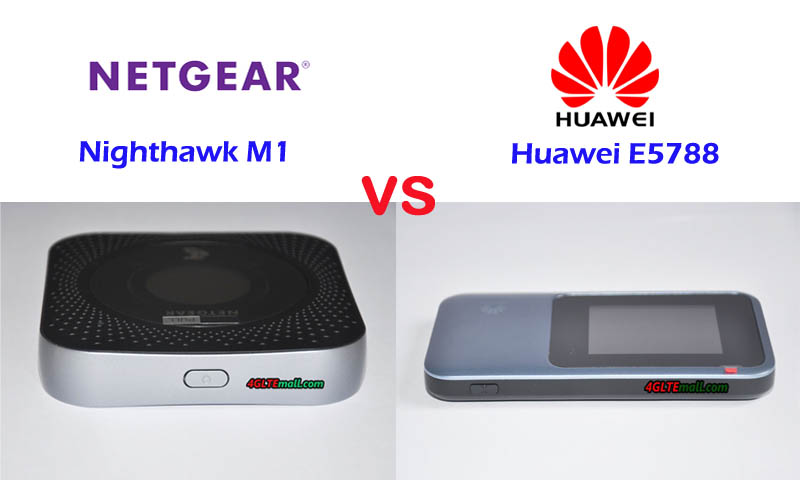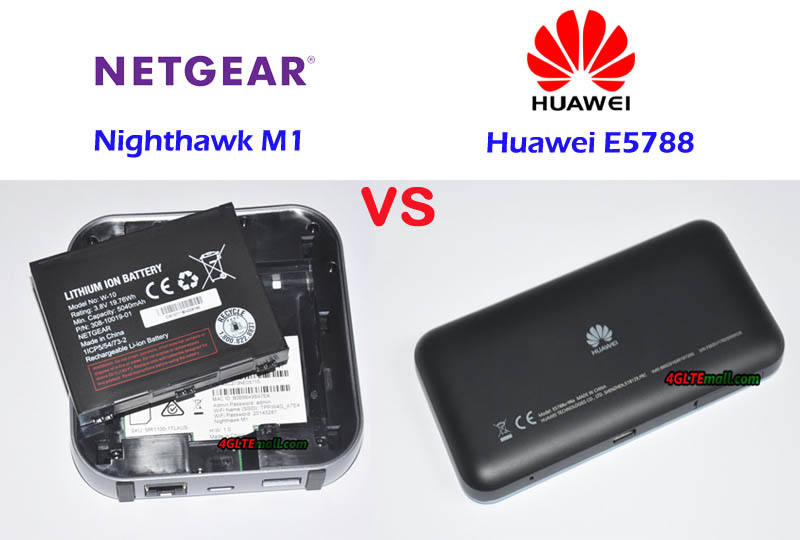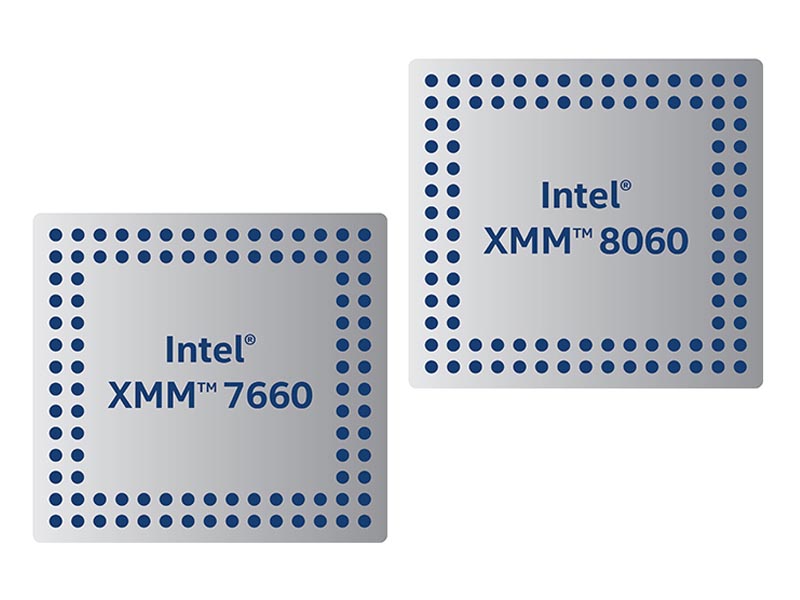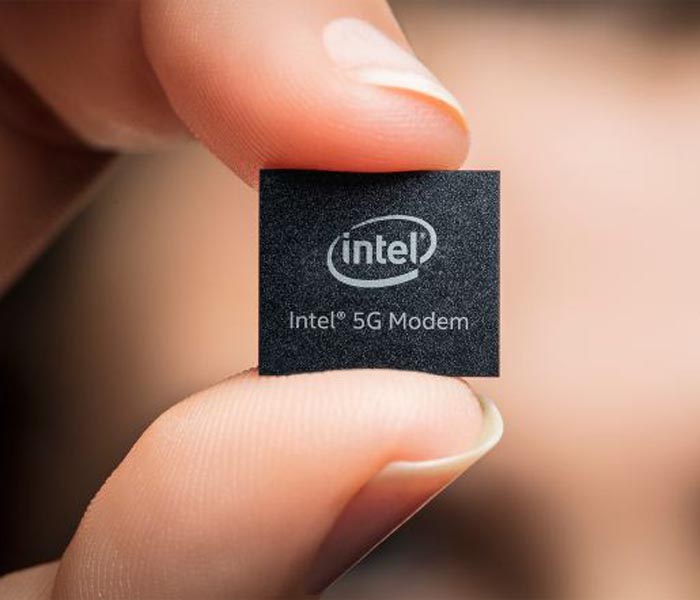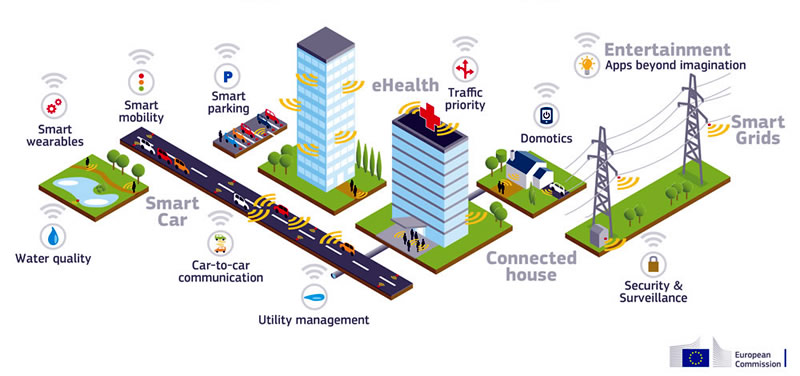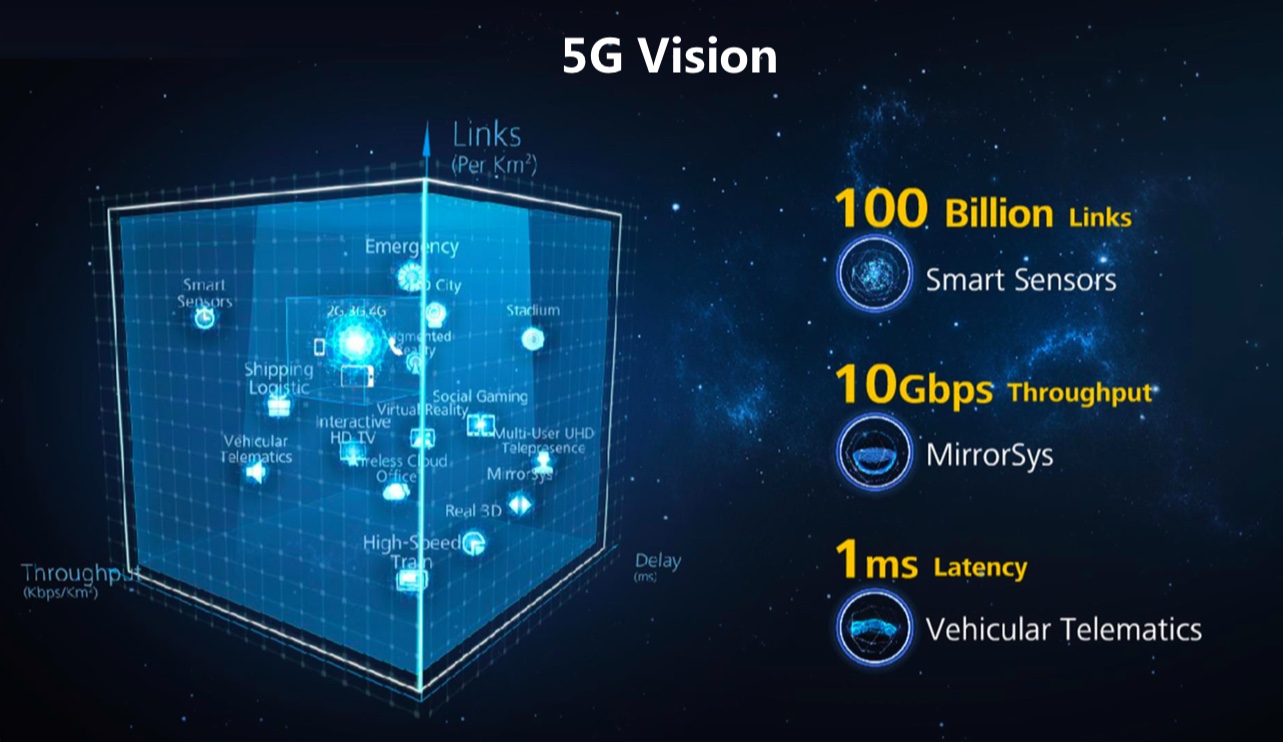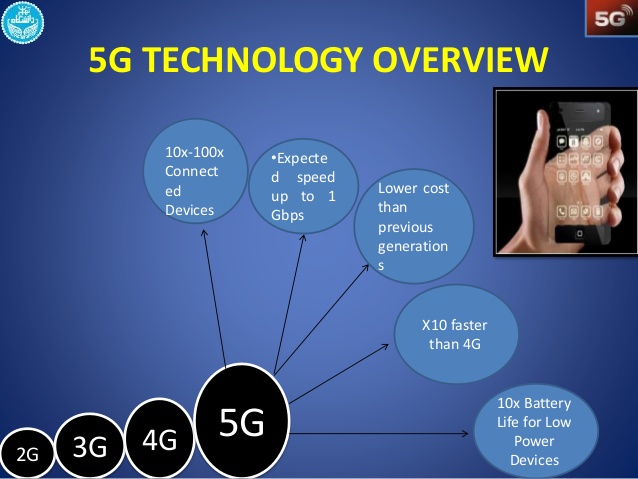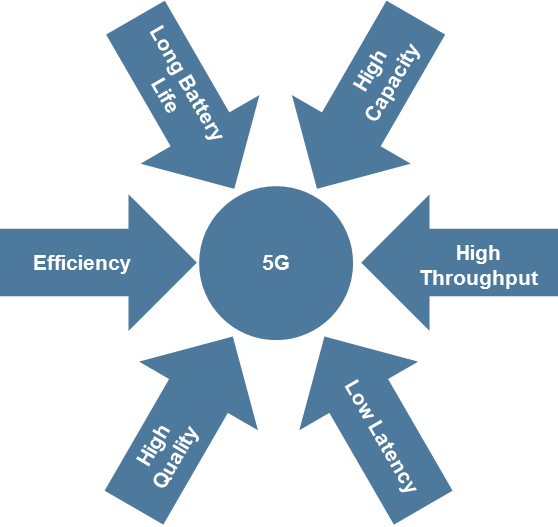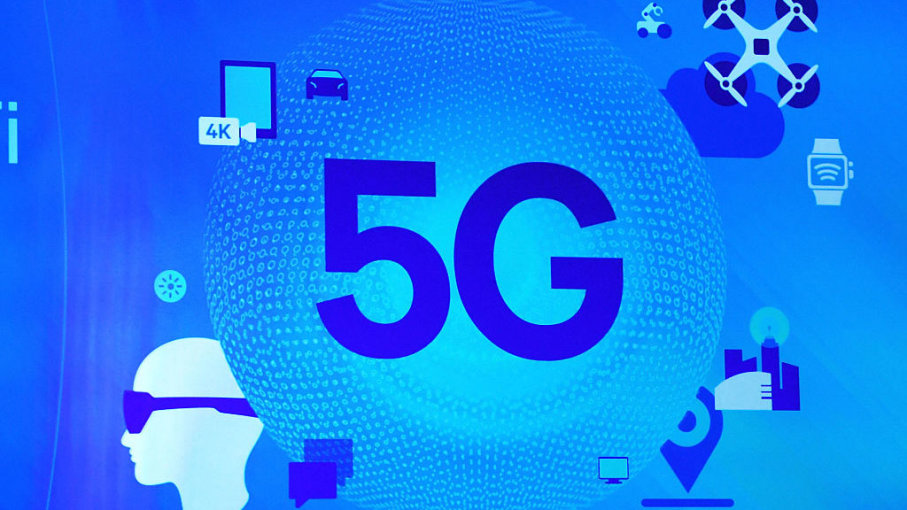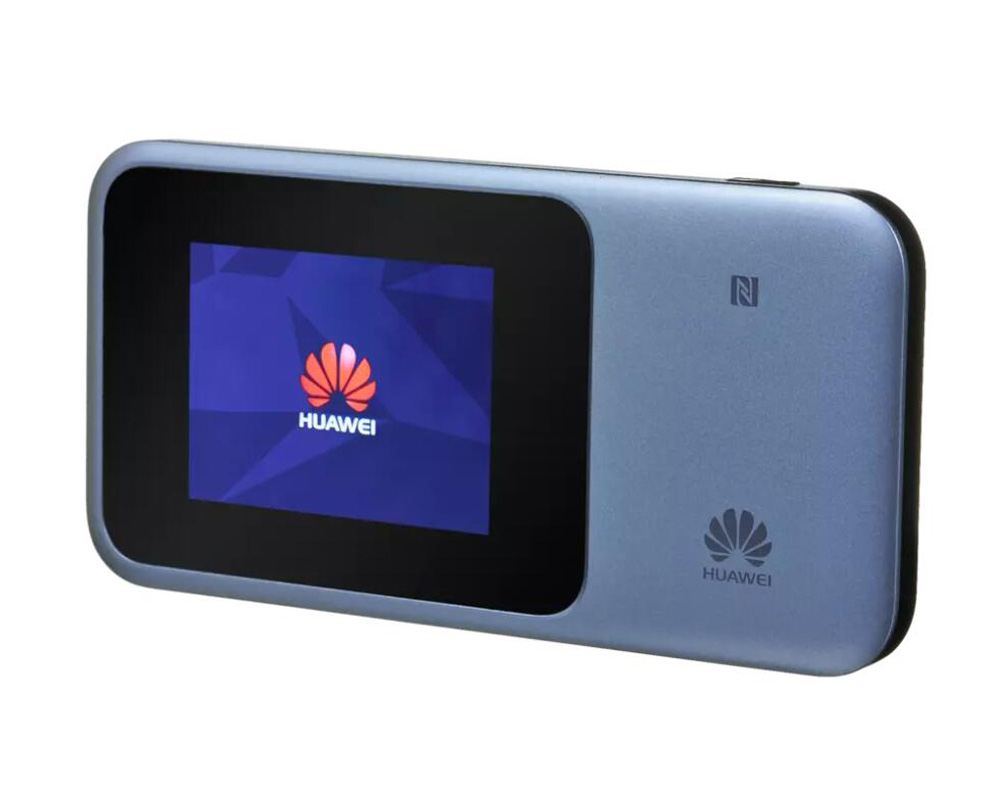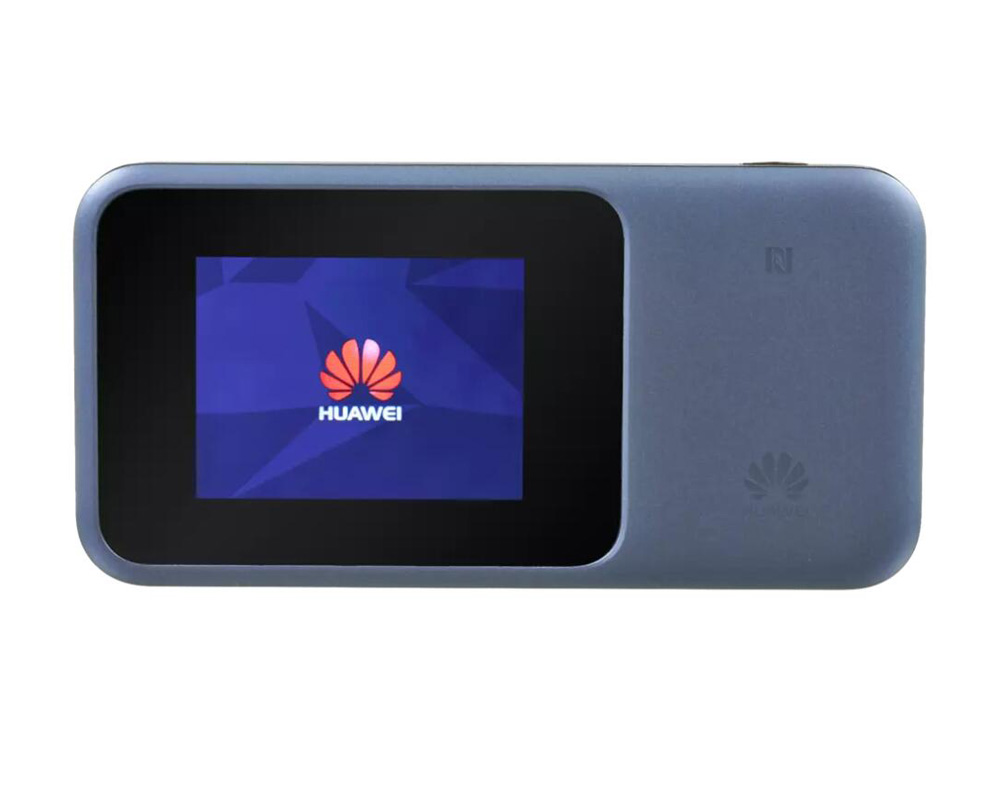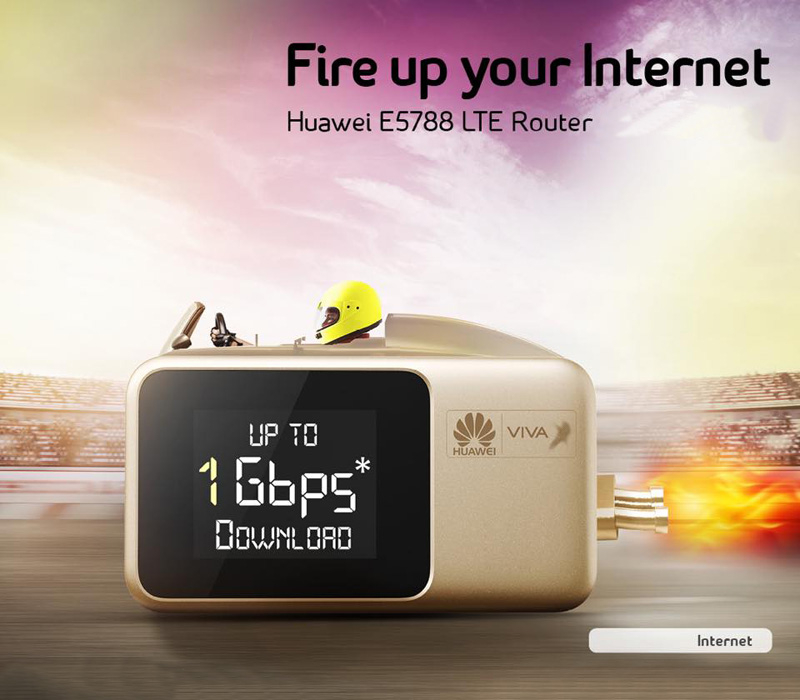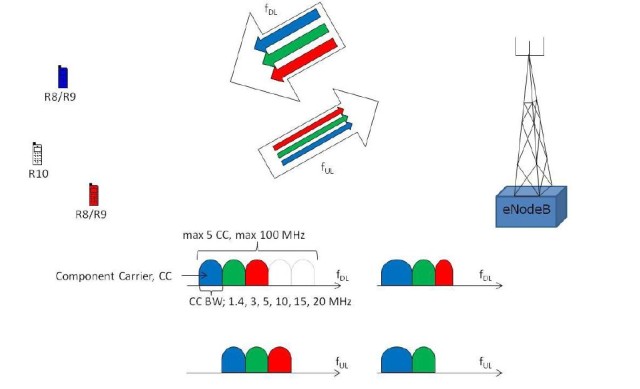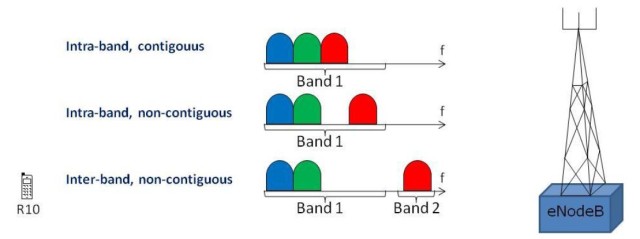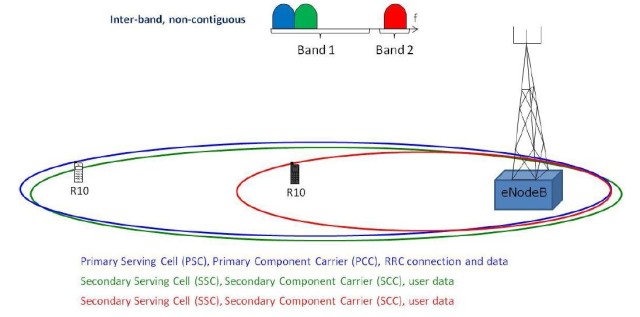With the development of LTE wireless technologies, more and more networks are evolving from LTE advanced to LTE advanced Pro. LTE Advanced Pro (LTE-A Pro, also known as 4.5G, 4.5G Pro, 4.9G, Pre-5G, 5G Project, and so on) is a marker of the 3GPP release 13 and 14, which is a natural evolution of Long Term Evolution (LTE) with speed up to Gbit/s level, which incorporated numerous new technologies that would be used in 5G standard, including 256QAM, Massive MIMO, LTE-Unlicensed, LTE IoT, and others to progressively evolve existing networks into 5G standard.
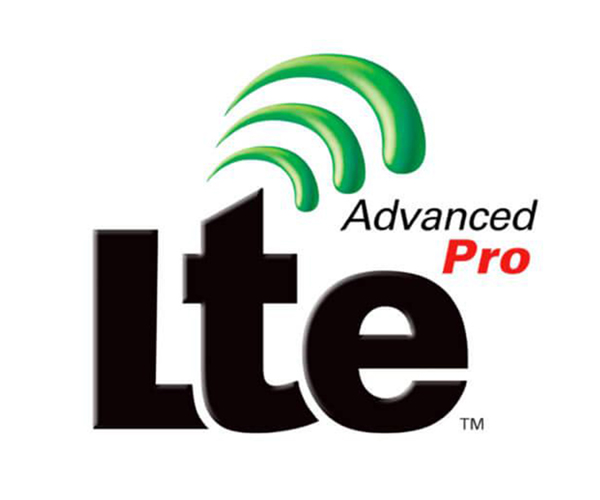
LTE-A Pro aims to significantly increase the data speeds and bandwidth available for mobile communications. It will also bring a much wider range of connected devices and platforms under a single standard. LTE-A Pro seeks to improve and optimize the capacity, performance, functionality and efficiency of LTE-A, as well as to further reduce latency, to provide a better user experience. It will also enhance the LTE platform for the delivery of new services to new markets as we move towards IoT with 5G.
The key attributes that will define LTE-Advanced Pro are:
> Data speeds in excess of 3Gbps (LTE-A: 1Gbps)
> 640MHz of carrier bandwidth (LTE-A: 100MHz)
> Latency: 2ms (LTE-A: 10ms)
Since very few LTE Advanced pro devices are available in the market, the LTE vendors are already presenting their LTE advanced Pro modules to the public and below the five LTE advanced Pro modules are recommended if your terminals are demanding high-speed internet access:
- Telit LM960 (LTE Cat.18)
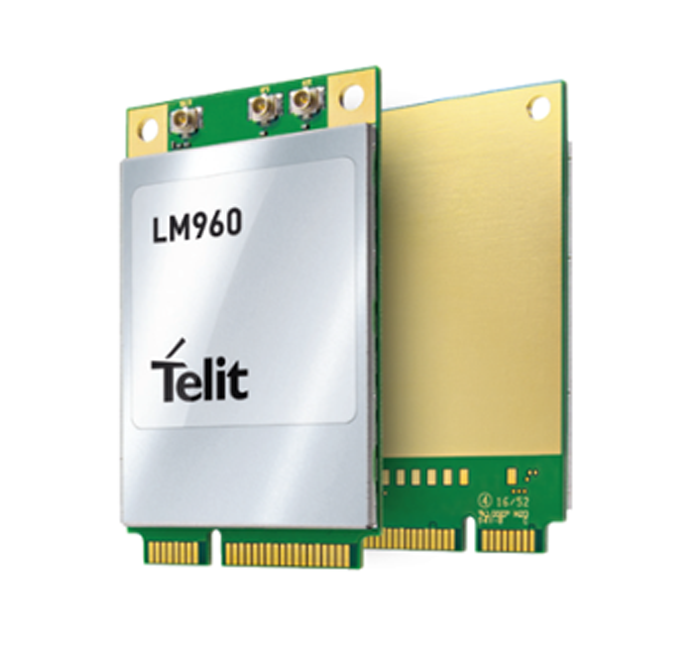
Specs Highlights:
* World’s first mPCIe form factor to support LTE cat.18
* Support global 23 LTE Frequency bands
* LTE peak download speed up to 1Gbps
* Dual SIM Single Standby
* Full GNSS support: GPS, GLONASS, Galileo, Beidou
* Chipset: Qualcomm Snapdragon X20 modem
* Linux and Windows driver support
* 4 x 4 MIMO and 256 QAM
* 5x Carrier Aggregation for increased data rates
Check more details about Telit LM960 Specs, price, drivers, and buy Telit LM960 module here: https://www.4gltemall.com/telit-lm960-4g-lte-cat18-pcie-module.html
- Sierra Wireless AirPrime EM7565 (LTE Cat.12)
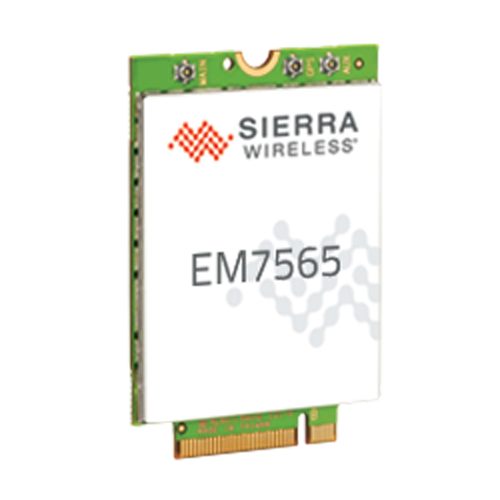
Specs Highlights:
* LTE Advanced Pro Cat.12 Module
* Chipset/Processor: Qualcomm MDM9250
* DL to 600Mbps/UL to 150Mbps
* Supporting 24 worldwide LTE bands, including LTE-LAA and CBRS
* Satellite Systems: Galileo, Glonass, GPS, Beidou
* Planned Carrier AT&T, DoCoMo, Telstra, Verizon, Vodafone
* Regulatory: CE, FCC, GCF, IC, NCC, PTCRB
Check more details about Sierra AirPrime EM7565 Specs, price, drivers, and buy AirPrime EM7565 module here: https://www.4gltemall.com/sierra-wireless-airprime-em7565.html
- Sierra Wireless AirPrime EM7511 (LTE Cat.12)
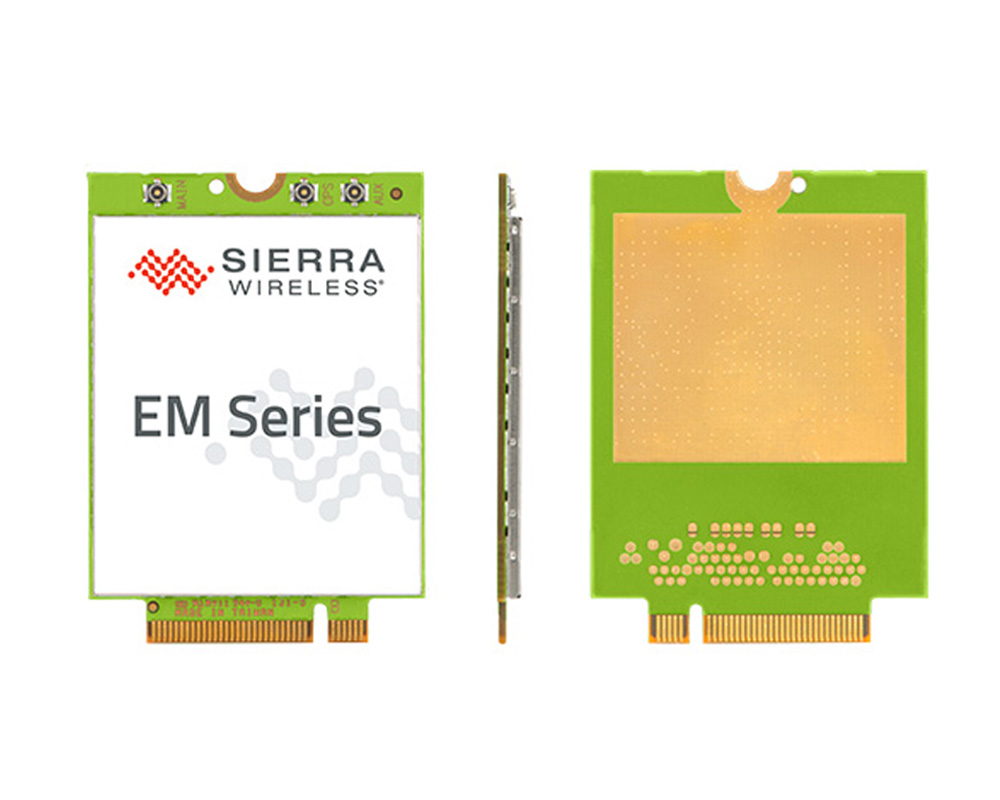
Specs Highlights:
* Very similar to AirPrime EM7565
* LTE Advanced Pro Cat.12 Module
* Form factor: M.2
* Chipset/Platform: Qualcomm
* DL to 600Mbps/UL to 150Mbps
* Supporting 24 worldwide LTE bands, including LTE-LAA and CBRS
* Control Options: APIs, AT Commands
* Firmware over-the-air (FOTA)
* GPS, GLONASS, BeiDou, and Galileo satellite systems supported
Check more details about Sierra AirPrime EM7511 Specs, price, drivers, and buy AirPrime EM7511 module here: https://www.4gltemall.com/sierra-wireless-airprime-em7511.html
- Telit LM940 (LTE Cat.11)
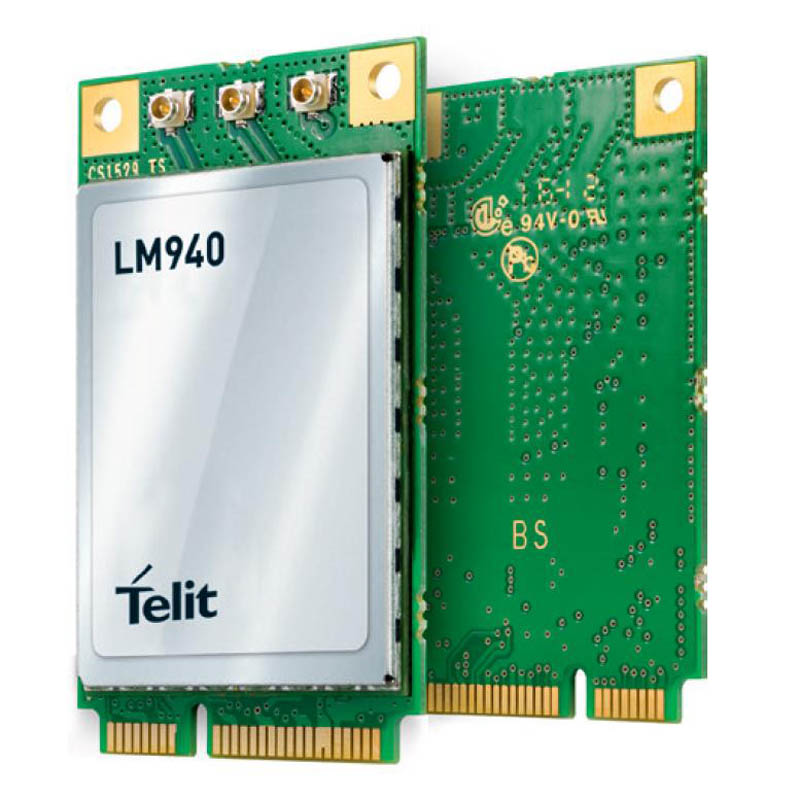
Specs Highlights:
* Category: LTE Cat.11 Module
* Form Factor: PCI Express Mini Card Type (mPCIe)
* Chipset: Qualcomm MDM9240
* LTE data rates: DL 600Mbps(w/3x CA DL, 256QAM) and UL 75Mbps
* Full GNSS support: GPS, GLONASS, Galileo, Beidou
* Carrier Approvals: AT&T, Sprint, Verizon
Check more details about Telit LM940 Specs, price, drivers, and buy Telit LM940 module here: https://www.4gltemall.com/telit-lm940-lte-cat-11-gps-pcie-module.html
- Telit LN940 (LTE Cat.11 and Cat.9)
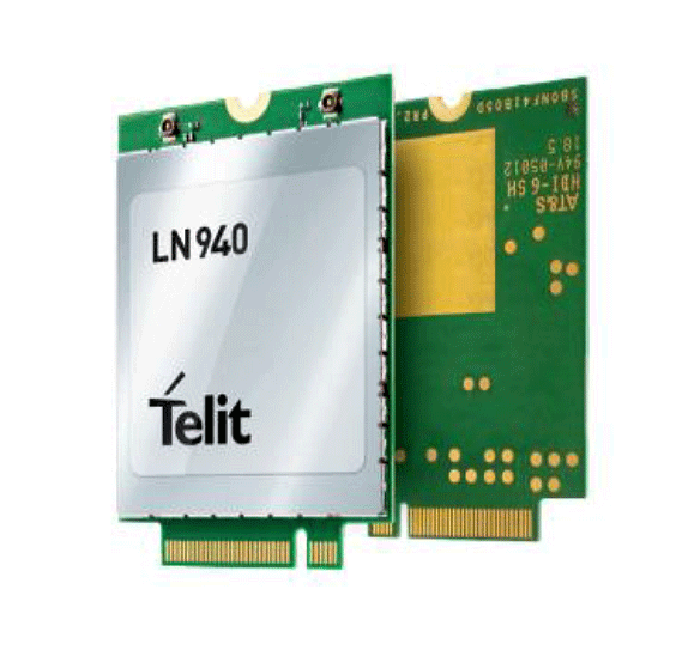
Specs Highlights:
* Two variant models: Telit LN940A9 and LN940A11
* 42mm M.2 (NGFF) single-sided data card
* LTE Category 11 LTE DL 600Mbps UL50Mbps
* LTE Category 9 LTE DL 450Mbps UL50Mbps
* HSPA+ Rel. 8: DL/UL up to 42/11.5 Mbps
* Quad-constellation integrated GNSS
* Linux and Windows driver support
* Carrier Aggregation, 2 x 2 MIMO and 256 QAM
Check more details about Telit LN940 Specs, price, drivers, and buy Telit LN940 module here:
https://www.4gltemall.com/telit-ln940-lte-cat9-11-m-2-data-card.html
